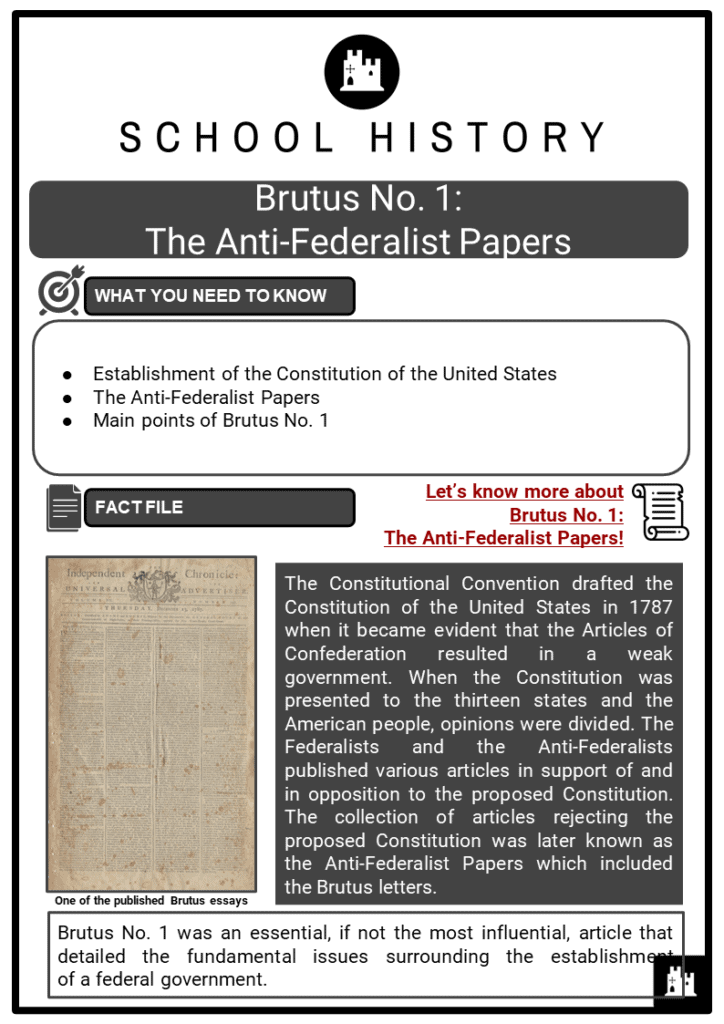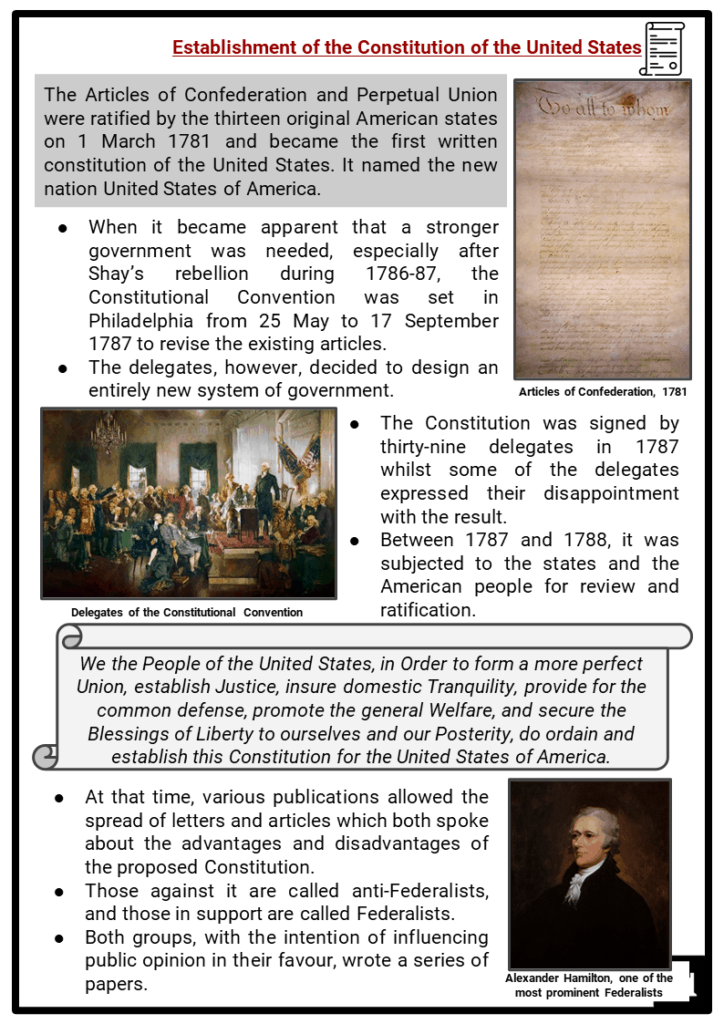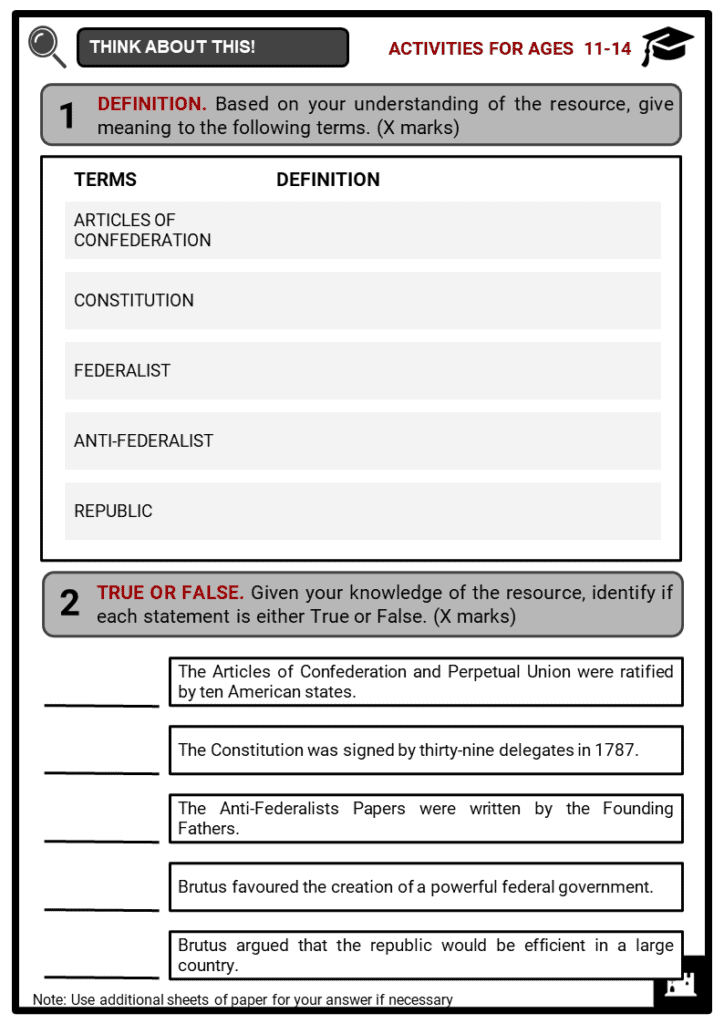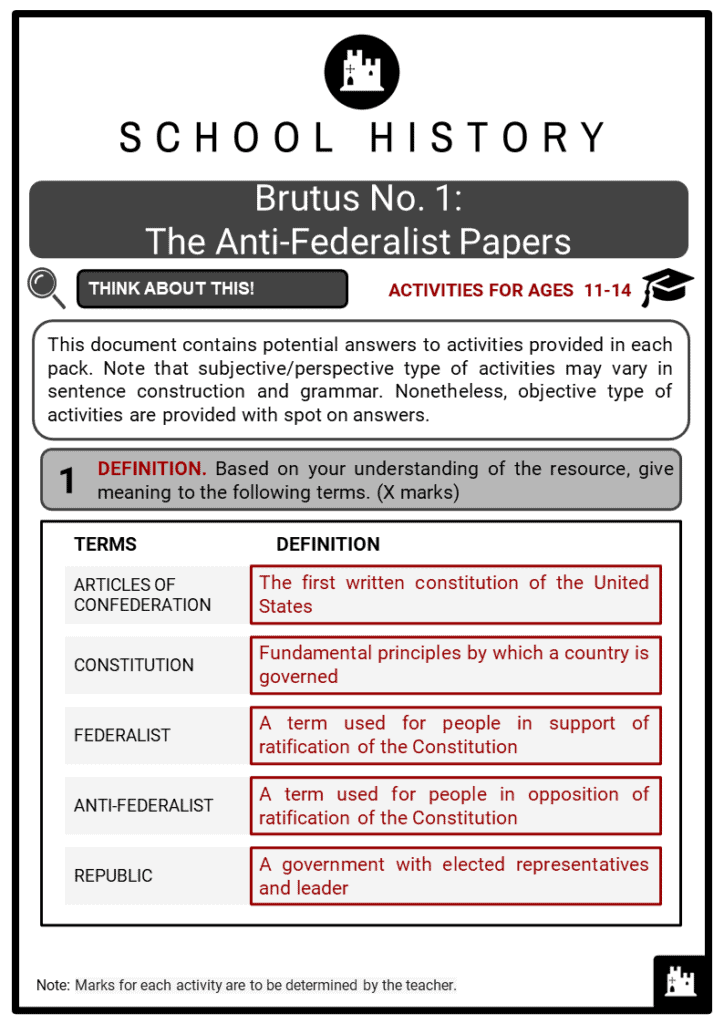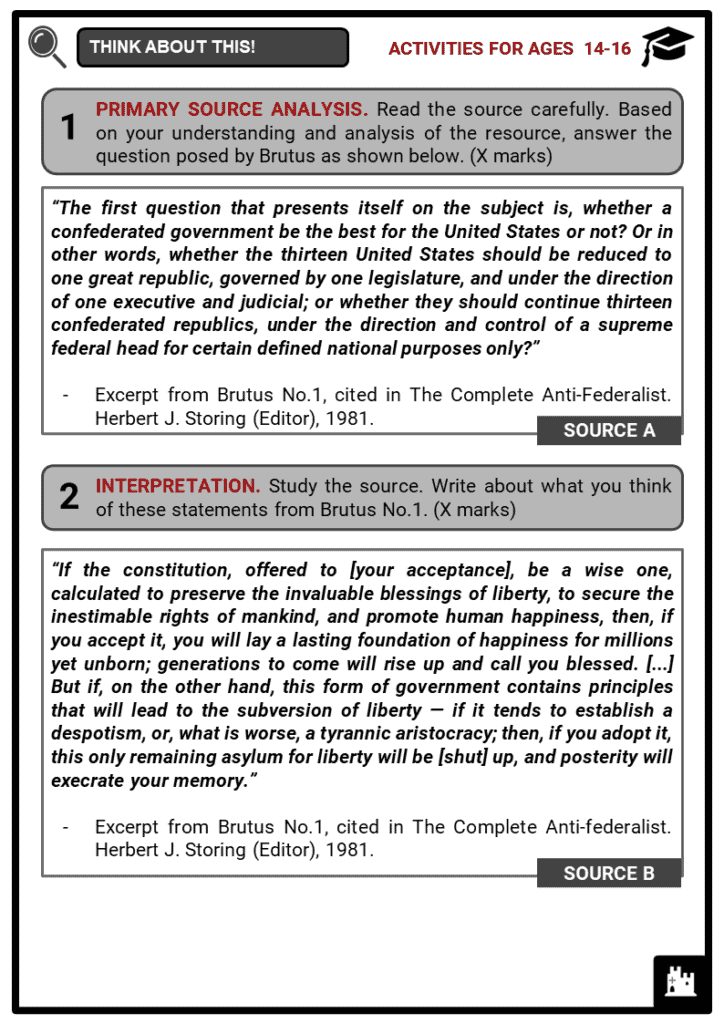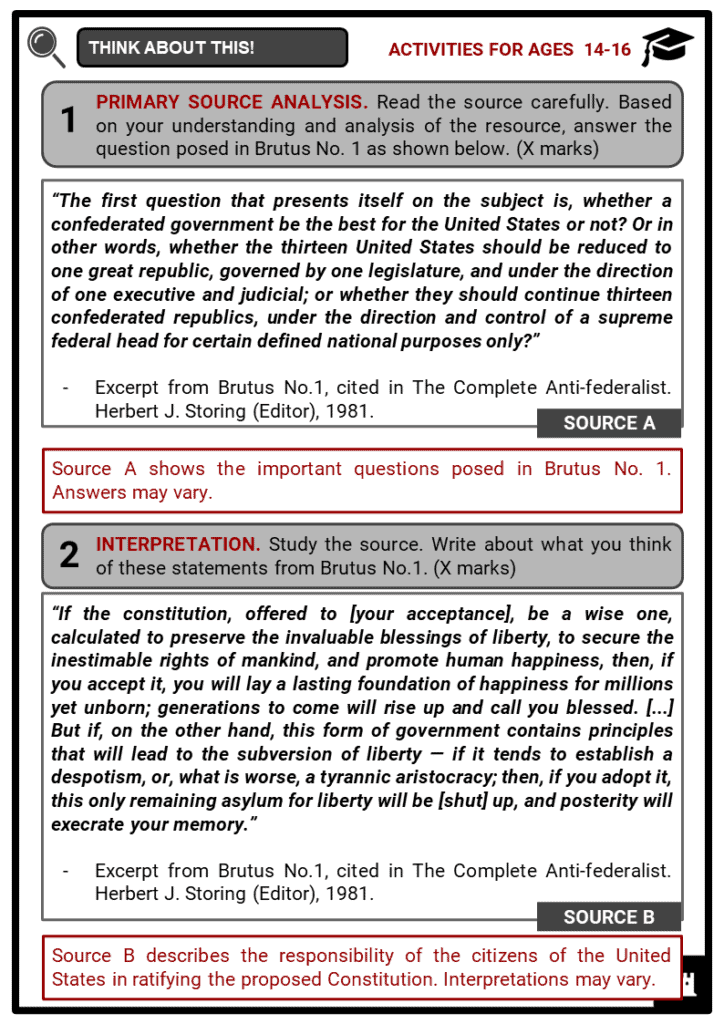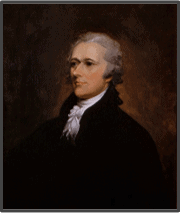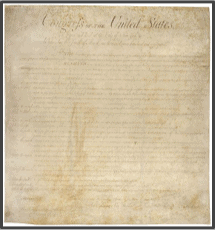Download Brutus No. 1: The Anti-Federalist Papers Worksheets
Do you want to save dozens of hours in time? Get your evenings and weekends back? Be able to teach Brutus No. 1: The Anti-Federalist Papers to your students?
Our worksheet bundle includes a fact file and printable worksheets and student activities. Perfect for both the classroom and homeschooling!
Table of Contents
Add a header to begin generating the table of contents
Summary
- Establishment of the Constitution of the United States
- The Anti-Federalist Papers
- Main points of Brutus No. 1
Key Facts And Information
Let’s know more about Brutus No. 1: The Anti-Federalist Papers!
- The Constitutional Convention drafted the Constitution of the United States in 1787 when it became evident that the Articles of Confederation resulted in a weak government. When the Constitution was presented to the thirteen states and the American people, opinions were divided. The Federalists and the Anti-Federalists published various articles in support of and in opposition to the proposed Constitution. The collection of articles rejecting the proposed Constitution was later known as the Anti-Federalist Papers which included the Brutus letters.
- Brutus No. 1 was an essential, if not the most influential, article that detailed the fundamental issues surrounding the establishment
of a federal government.
Establishment of the Constitution of the United States
- The Articles of Confederation and Perpetual Union were ratified by the thirteen original American states on 1 March 1781 and became the first written constitution of the United States. It named the new nation United States of America.
- When it became apparent that a stronger government was needed, especially after Shay’s rebellion during 1786-87, the Constitutional Convention was set in Philadelphia from 25 May to 17 September 1787 to revise the existing articles.
- The delegates, however, decided to design an entirely new system of government.
- The Constitution was signed by thirty-nine delegates in 1787 whilst some of the delegates expressed their disappointment with the result.
- Between 1787 and 1788, it was subjected to the states and the American people for review and ratification.
- We the People of the United States, in Order to form a more perfect Union, establish Justice, insure domestic Tranquility, provide for the common defense, promote the general Welfare, and secure the Blessings of Liberty to ourselves and our Posterity, do ordain and establish this Constitution for the United States of America.
- At that time, various publications allowed the spread of letters and articles which both spoke about the advantages and disadvantages of the proposed Constitution.
- Those against it are called anti-Federalists, and those in support are called Federalists.
- Both groups, with the intention of influencing public opinion in their favour, wrote a series of papers.
The Anti-Federalist Papers
- During the period of debate over the ratification of the Constitution, several articles were published in opposition under various pseudonyms such as Brutus, Centinel, Cato, and Federal Farmer.
- The most influential of these articles were collected and came to be known as the Anti-Federalist Papers in reference to the Federalists Papers.
- The Anti-Federalists Papers were written by the Founding Fathers: sixteen essays under the pseudonym Brutus were addressed to the Citizens of the State of New York.
- Brutus is a pseudonym associated to Robert Yates, Melancton Smith or John Williams.
- The pen name is based either on Lucius Junius Brutus, founder of Roman Republic who led the overthrow of his uncle, the Roman King Tarquinius Superbus, or on Marcus Junius Brutus, a Roman Senator who was involved in the assassination of Julius Caesar.
Main points of Brutus No. 1
- In his first essay, Brutus discussed and questioned the immense powers placed on the Federal government. He relayed his thoughts about the fundamental issues with the proposed Constitution.
- The most important question that was ever proposed to your decision, or to the decision of any people under heaven, is before you, and you are to decide upon it by men of your own election, chosen specially for this purpose.
Important questions posed by Brutus
- Is the confederated government the best for the United States or not?
- Should the thirteen United States be reduced into one republic, governed by one legislature and under the direction of one judicial and executive?
- Should the thirteen United States continue to be thirteen confederated republics, under the direction and control of a supreme federal head for certain defined national purposes only?
Main concerns with the proposed Constitution
Federal government would become too powerful
- This government is to possess absolute and uncontrollable power, legislative, executive and judicial, with respect to every object to which it extends...
- Central government would be given too much power which might lead to despotism or worse, a tyrannical aristocracy.
- State governments would not function as republics and would become obsolete.
- Whatever residual powers the states would have, they would still be under the subject of the central government.
National legislature’s power to tax was not well-defined
- … The legislatures of the several states will find it impossible to raise monies to support their governments.
- ‘Common defense and general welfare’ has a broad meaning and could be abused.
- To support its government, states would depend on direct taxation which could only collect small sums of money.
- States would find it difficult to support themselves, leaving them dependent on the federal government.
- The idea of confederation would be lost.
Judicial power of the Supreme Court and the Congress was extensive
- The powers of these courts are very extensive; their jurisdiction comprehends all civil causes, except such as arise between citizens of the same state...
- Federal jurisdiction would allow judges and lawyers to exploit their powers.
- Supreme Court and the Congress would eclipse the power of the state courts.
- State laws and court decisions could be overturned by the Supreme Court, leaving the judicial system of the states less powerful.
- In 1789, the Seventh Amendment was introduced in response to this argument from the Anti-Federalists.
A large republic would not be effective
- The one is the Baron de Montesquieu, Spirit of the Laws, Chap. xvi. Vol. I [Book VIII]. “It is natural to a republic to have only a small territory, otherwise it cannot long subsist…”
- The territories of the United States of America was large to be placed under a single central power.
- Tyranny is inevitable, as seen by the countries that expanded their territories through colonisation.
- There would be clashing of opinions when a republic consists of a huge population.
Rulers would abuse their powers
- The great officers of government would soon become above the control of the people, and abuse their power to the purpose of aggrandising themselves, and oppressing them.
- Power placed upon the rulers was not explicitly limited.
- Rulers would use their power for their own interests.
- When the population of the republic increased, it would become difficult for a ruler to represent its people.
- It is not possible to have an accurate representation of the people in such a large society.
- Brutus believed that the proposed Constitution consolidated too much power in the hands of Congress, at the expense of the states.
- Additionally, he believed the liberties of the American people were best protected by the thirteen states continuing to be confederated republics.
- In essence, he advocated confederation under a federal head with specific and well-defined purposes instead of the consolidation of power into one federal government.
- Whilst the Constitution was ratified on 21 June 1788 and became effective on 4 March 1789, the Anti-Federalist Papers were essential in the drafting and passing of the Bill of Rights.
- The Bill of Rights, which lists ten amendments protecting the people’s basic rights and liberties, became the most important part of the Constitution for most Americans.
Image sources:
- https://upload.wikimedia.org/wikipedia/commons/thumb/0/05/Alexander_Hamilton_portrait_by_John_Trumbull_1806.jpg/800px-Alexander_Hamilton_portrait_by_John_Trumbull_1806.jpg
- https://upload.wikimedia.org/wikipedia/commons/1/1e/JohnWilliamsSalemNewYork.jpg
- https://upload.wikimedia.org/wikipedia/commons/thumb/7/79/Bill_of_Rights_Pg1of1_AC.jpg/564px-Bill_of_Rights_Pg1of1_AC.jpg

